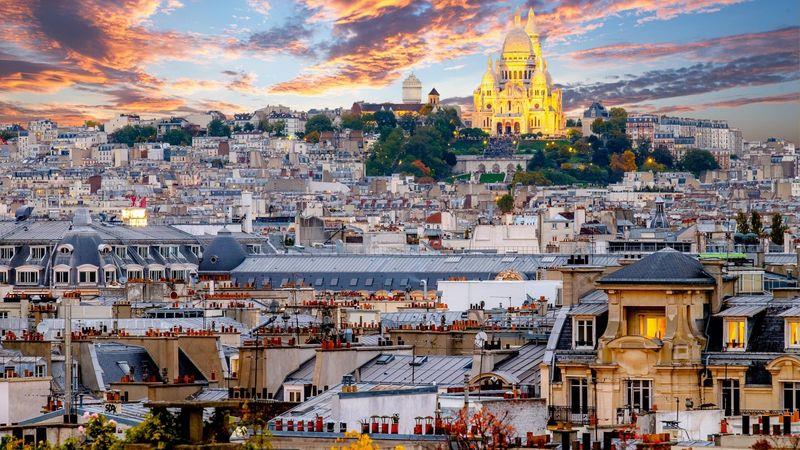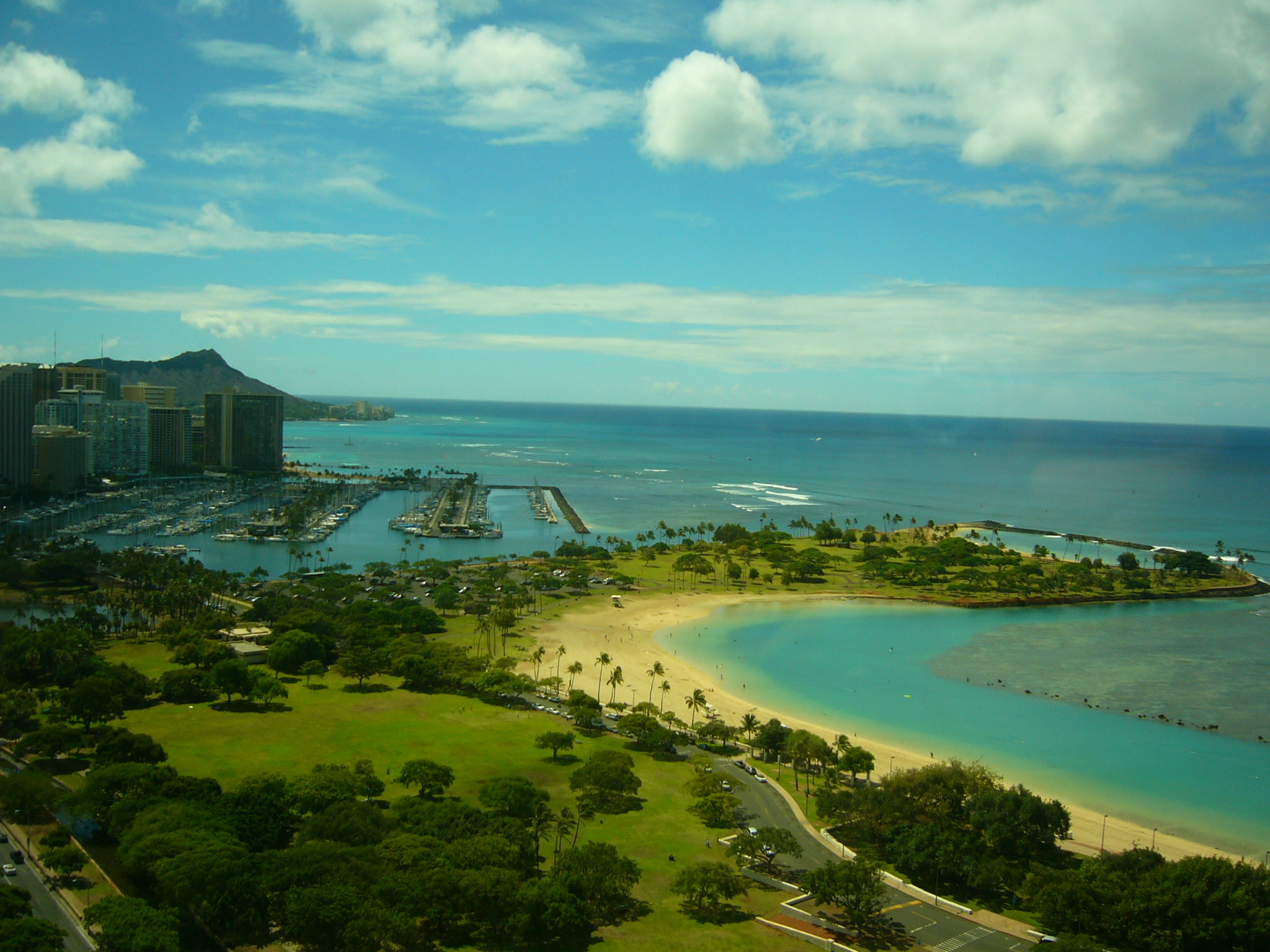The hill of Montmartre has preserved the appearance of a village dotted with mills and lush vineyards until the early 1900s and, thanks to its bucolic appearance, has always attracted the most sensitive minds. Shortly after its annexation to Paris in 1860, in fact, the butte became the favourite home of many painters, the terre libre des artistes, making it a lively and charming place. Among those who frequented it are Renoir, Picasso, Toulouse-Lautrec and above all Suzanne Valadon and Maurice Utrillo, mother and son, who were perhaps among those who best embodied the spirit of the neighbourhood. We must not forget, moreover, that the passion that pervaded its streets and inflamed the hearts of its inhabitants was not only manifested in artistic productions or crazy loves, but in all aspects of life, including political life. It was from here, in fact, that in March 1871, the Paris Commune was founded, the first attempt to govern the working class, which failed after a hundred days of heroic and bloody fighting.
But what remains of that passion and liveliness that made the history of Montmartre? The neighborhood is now one of the major tourist attractions of Paris, full of restaurants and souvenir shops and has largely lost its authenticity. There are, however, still some streets that retain the charm of the past, such as rue Lepic, the long street that goes up the hill or rue St. Vincent.
There are several metro stops that allow you access to the district: Anvers, Abbesses, Pigalle, Blanche and Lamarck-Caulaincourt. It all depends of course on which point on the hill you want to reach.













